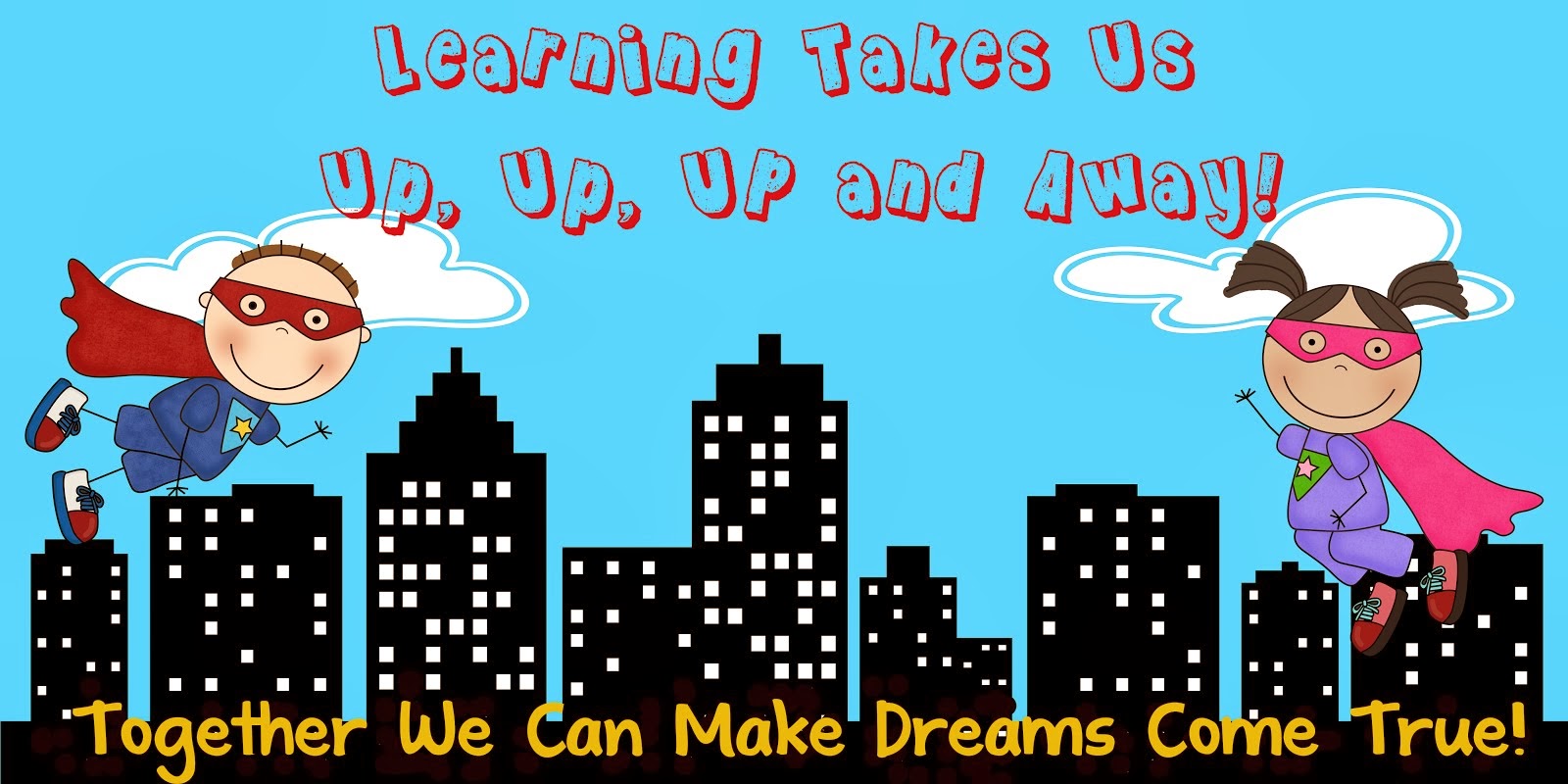We are Superheroes

Monday 21 July 2014
Thursday 3 July 2014
Wednesday 2 July 2014
Hot Air Baloon
At the amazing Frankley school, Sophia (a student at Frankley school)
Mum bought in an enormous hot air balloon. Mrs Wilkinson ( a teacher at Frankley school) & Sophia & Mr Ritai ( principal of Frankley ) got to ride in it. The hot air balloon was big and red alright. At the start, while 67hq were working there was a strange alarming noise. Mr Ritai had set a fire alarm drill just to get us outside! There was a huge crowd of people at the field. To get the hot air balloon in the air the people at Remax used a lot of fire and gas. Lots of kids were screaming and shouting. It was really cool to see a hot air balloon in action.
Advertising Frankley using Rule of Thirds Photo's
In the flyers below, the children of Room 67 used their promotional photo's taken using 'the rule of thirds' to advertise Frankley School.
What is the Rule of Thirds?
The basic principle behind the rule of thirds is to imagine breaking an image down into thirds (both horizontally and vertically) so that you have 9 parts. As follows.
rule-of-thirds
As you’re taking an image you would have done this in your mind through your viewfinder or in the LCD display that you use to frame your shot.
With this grid in mind the ‘rule of thirds’ now identifies four important parts of the image that you should consider placing points of interest in as you frame your image.
Not only this – but it also gives you four ‘lines’ that are also useful positions for elements in your photo.
rule-of-thirds
The theory is that if you place points of interest in the intersections or along the lines that your photo becomes more balanced and will enable a viewer of the image to interact with it more naturally. Studies have shown that when viewing images that people’s eyes usually go to one of the intersection points most naturally rather than the center of the shot – using the rule of thirds works with this natural way of viewing an image rather than working against it.
Tuesday 1 July 2014
Turning need statements into questions
Made with Explain Everything from Karen on Vimeo.
Bear Grylls is coming to New Zealand to film an episode of being lost inNew Zealand bush. To survive in the New Zealand bush, he will need to be able to collect/trap food, treat himself for injuries and stay warm. Our (67HQ) task is to develop a survival kit to help Bear Grylls on hisvisit. Our kit will need to contain at least one method ofcollecting/trapping food, one first aid item, and examples of how to stay warm. (All of the materials used to complete this task must be found in the bush).
In order to understand the task, we must first determine what we 'need to know'. This means teasing out the key words and phrases. The next step is to turn these statements into questions. These become the focus of our research.
Today we took our 'need statements' about collecting/trapping food and turned these into questions.
Subscribe to:
Posts (Atom)


